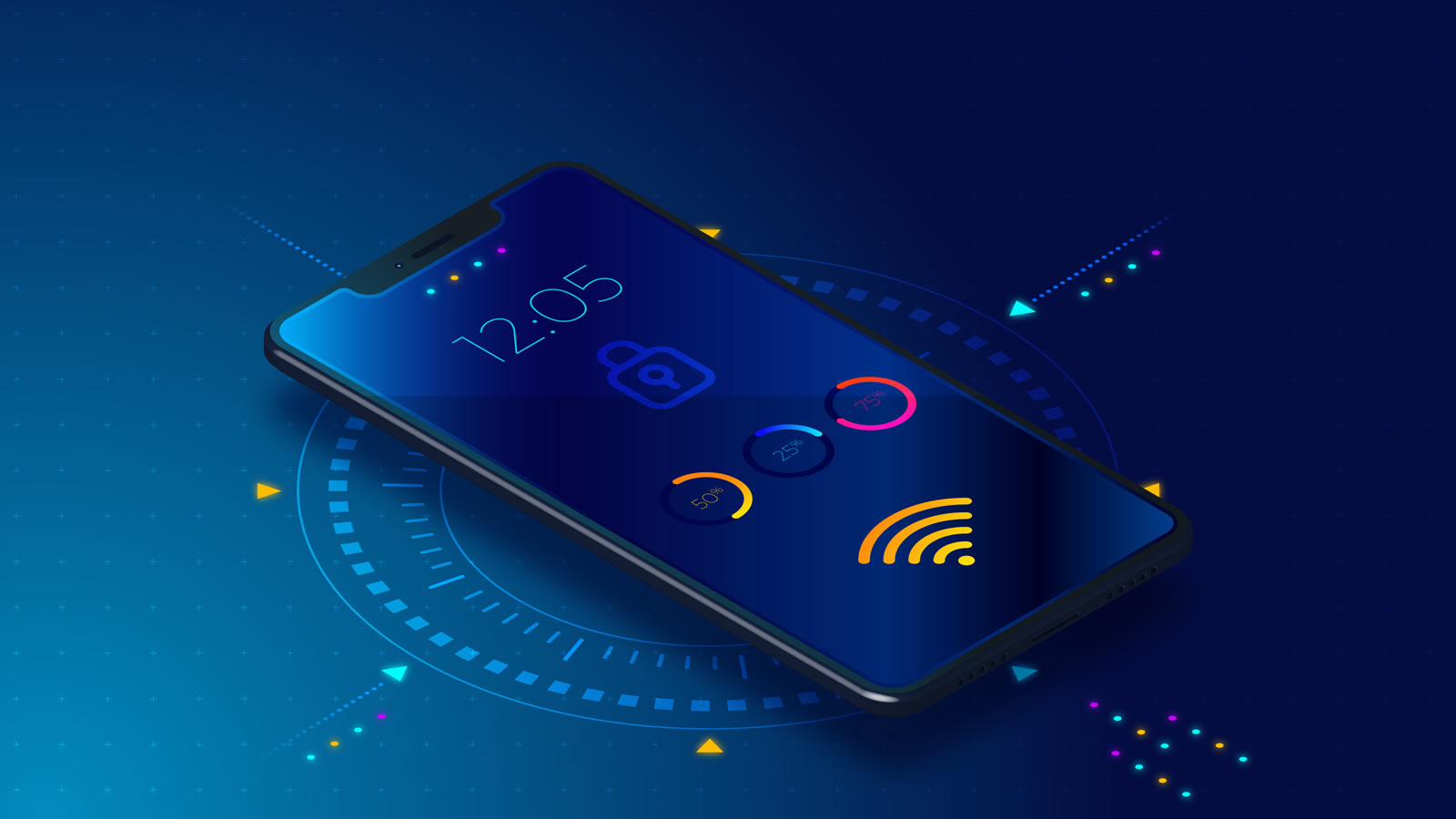Bluetooth Low Energy (BLE) has revolutionized wireless communication, enabling a wide range of applications in various industries. However, developing Bluetooth BLE applications can be a complex task, as developers often encounter challenges related to connectivity, interoperability, and power optimization. In this expert article, we delve into the common challenges faced during Bluetooth BLE app development and provide effective solutions to overcome them. By understanding these challenges and implementing the recommended strategies, developers can build robust and successful Bluetooth BLE applications.
- Connectivity Issues
One of the primary challenges in Bluetooth BLE app development is establishing and maintaining reliable connectivity between devices. Connectivity issues can arise due to signal interference, range limitations, or inconsistent data transfer. To address this challenge, developers should:
- Optimize signal strength by minimizing physical obstructions and interference sources.
- Implement appropriate error handling mechanisms to recover from connection drops or disruptions.
- Test connectivity thoroughly in different scenarios and environments to ensure consistent performance.
- Compatibility and Interoperability
Ensuring compatibility and interoperability across different devices and platforms is another significant challenge. Bluetooth BLE devices may have varying firmware versions, hardware capabilities, and supported profiles, which can lead to compatibility issues. To overcome this challenge, developers should:
- Adhere to Bluetooth SIG specifications and standards to ensure compatibility across devices.
- Conduct comprehensive testing on a range of devices and firmware versions to identify and resolve compatibility issues.
- Implement fallback mechanisms or alternative communication methods when compatibility limitations are encountered.
- Power Optimization
Bluetooth BLE applications often operate on battery-powered devices, making power optimization a critical challenge. Efficient power management is necessary to extend battery life and provide a seamless user experience. To address this challenge, developers should:
- Implement power-saving techniques such as duty cycling, connection intervals, and sleep modes to minimize energy consumption.
- Optimize data transfer by reducing packet size, using efficient protocols, and employing data compression techniques.
- Leverage Bluetooth BLE features like connection parameters updates and adaptive advertising intervals to dynamically adjust power consumption based on device requirements.
- Security and Privacy
Maintaining data security and privacy is crucial in Bluetooth BLE applications, especially when handling sensitive user information or controlling connected devices. Security challenges may include unauthorized access, data interception, or device impersonation. To tackle these challenges, developers should:
- Implement strong encryption algorithms and secure key exchange mechanisms to protect data transmission.
- Authenticate devices using secure pairing methods and enforce access control measures.
- Regularly update firmware and software to patch security vulnerabilities.
- Error Handling and Debugging
During Bluetooth BLE app development, developers may encounter errors, bugs, or unexpected behavior. Proper error handling and debugging techniques are essential to identify and resolve these issues effectively. To address this challenge, developers should:
- Implement comprehensive error handling mechanisms to gracefully handle exceptions and error conditions.
- Use debugging tools and logging frameworks to track and analyze application behavior.
- Conduct thorough testing and debugging in different scenarios to uncover and fix issues early in the development cycle.
Conclusion
Developing Bluetooth Low Energy (BLE) applications comes with its unique set of challenges, but with the right strategies and solutions, developers can overcome these hurdles and build successful applications. By addressing connectivity issues, ensuring compatibility, optimizing power consumption, prioritizing security and privacy, and implementing robust error handling and debugging practices, developers can deliver reliable, efficient, and secure Bluetooth BLE applications. Stay ahead of the curve, embrace these solutions, and unlock the full potential of Bluetooth BLE in your application development journey.

